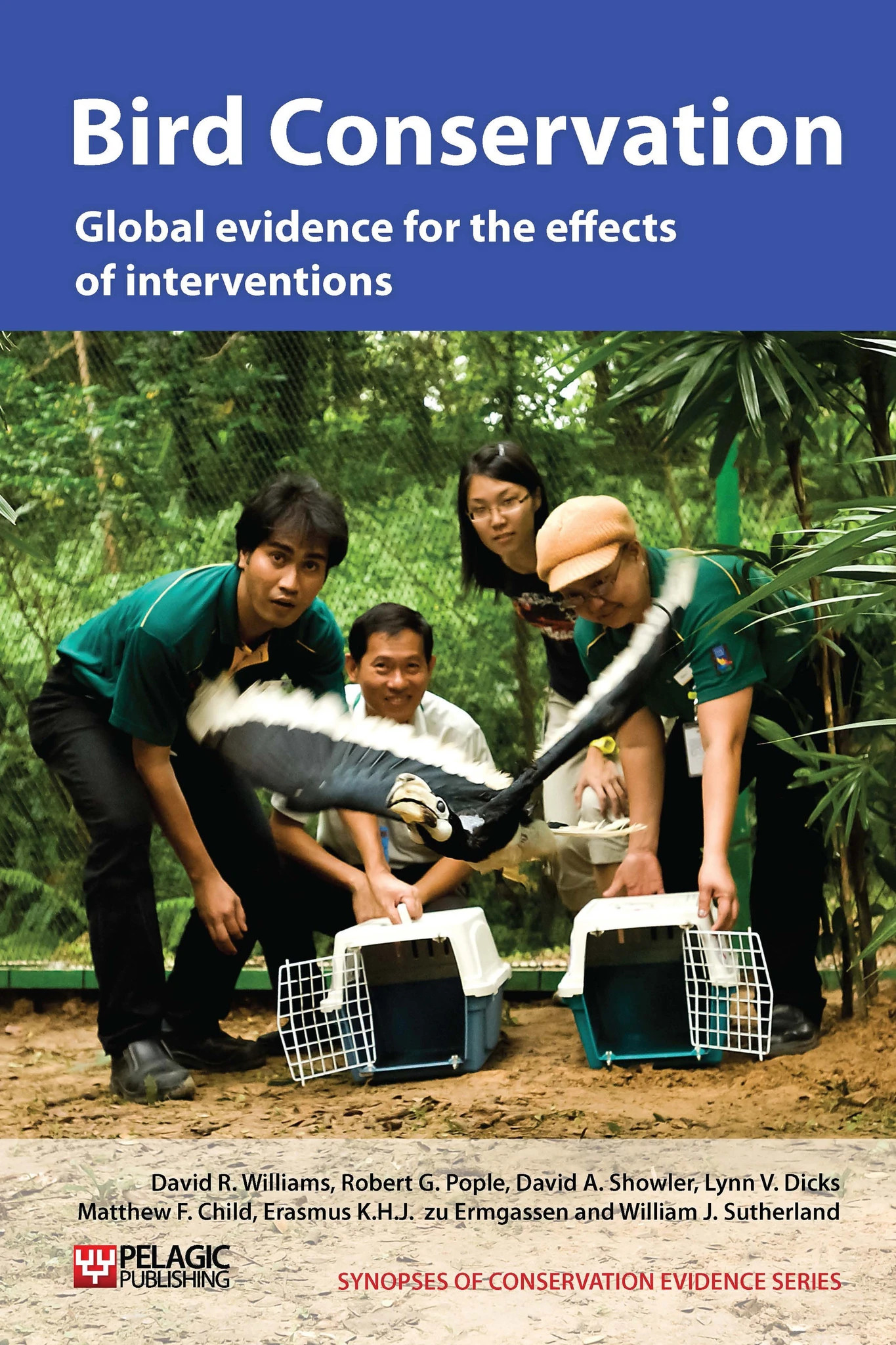Use voluntary agreements with local people to reduce disturbance
-
Overall effectiveness category Likely to be beneficial
-
Number of studies: 1
View assessment score
Hide assessment score
How is the evidence assessed?
-
Effectiveness
50% -
Certainty
40% -
Harms
0%
Study locations
Supporting evidence from individual studies
A before-and-after study 1986 in Lake Onalaska, Wisconsin and Minnesota, USA (Kenow et al. 2003), found that disturbances to waterfowl within a voluntary waterfowl avoidance area (VWAA) established in 1986 decreased significantly over time. Despite an increase in boating traffic (1.82 boating events/hour in 1986-8 vs. 2.58 in 1997), the 1997 disturbance rate were comparable to that in 1981. Rate of intrusion into the VWAA was lower in 1997 (0.11 intrusions/boating event) than in either 1986-8 (0.18) or 1993 (0.21). Boating disturbances to waterfowl within the VWAA occurred at about half the rate (0.24-0.28 disturbances/hour) observed prior to establishment of the program (0.48 disturbances/hour). The total number of waterfowl displacements observed as a result of boating events was 435,770 in 1993 and 71,155 in 1997. More than 90% of all waterfowl were observed within the VWAA.
Study and other actions tested
Where has this evidence come from?
List of journals searched by synopsis
All the journals searched for all synopses
This Action forms part of the Action Synopsis:
Bird Conservation
Bird Conservation - Published 2013
Bird Synopsis





)_2023.JPG)














